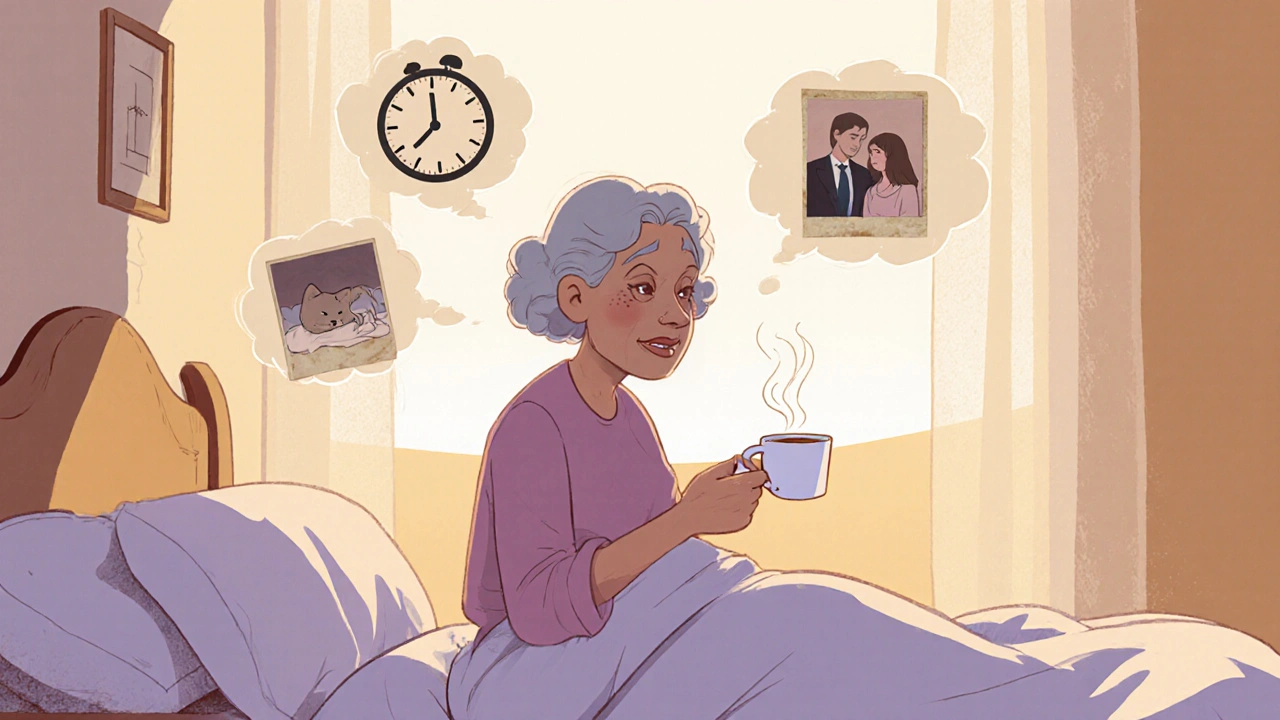Doxepin Side Effects: What You Need to Know Before Taking It
When you start taking doxepin, a tricyclic antidepressant used for depression, anxiety, and chronic itching. Also known as Sinequan, it works by balancing brain chemicals that affect mood and sleep. But like all medications, it doesn’t come without trade-offs. Many people take doxepin because it helps with sleep and low mood, but the side effects can be strong — especially when you’re just starting out.
Common side effects include drowsiness, dry mouth, dizziness, and weight gain. These aren’t rare — they happen to a large number of users. Some people feel so sleepy they can’t drive or operate machinery. Others notice their mouth feels like cotton wool, or they gain a few pounds without changing their diet. Less common but more serious effects include blurred vision, trouble urinating, and a fast or irregular heartbeat. If you’ve ever had heart problems or glaucoma, doxepin might not be the best choice. Always talk to your doctor before starting, especially if you’re on other meds. It interacts with alcohol, sleeping pills, and even some over-the-counter cold medicines.
What’s often overlooked is how doxepin compares to newer antidepressants. Unlike SSRIs like sertraline or escitalopram, which mostly target serotonin, doxepin hits multiple brain receptors. That’s why it’s sometimes used for chronic pain or severe insomnia — but it also means more side effects. People who switch from SSRIs to doxepin often report better sleep, but they also deal with more grogginess and dryness. And if you decide to stop? Withdrawal can cause nausea, headaches, and mood swings. Tapering slowly under medical supervision is key.
You’ll also find that doxepin is sometimes used off-label for skin conditions like eczema or hives. Topical versions exist for itching, and they come with fewer systemic side effects. But the oral form? That’s a different story. It’s powerful, but it demands respect. Not everyone reacts the same — some feel fine after a week, others need months to adjust. Your body’s chemistry, age, and other health issues all play a role.
What’s clear from the data is that doxepin isn’t a one-size-fits-all solution. It’s a tool — useful for some, risky for others. The posts below give you real comparisons: how it stacks up against other sedating antidepressants, what alternatives work better for sleep or anxiety, and how to manage the side effects without quitting cold turkey. You’ll see what others have lived through, what worked, and what didn’t. No fluff. No marketing. Just facts you can use to make smarter choices.
How Doxepin Helps Treat Depression and Anxiety in Older Adults
Doxepin is a quiet but effective option for treating depression and anxiety in older adults, especially when sleep problems are involved. It offers a balance of mood and sleep benefits with fewer risks than many alternatives.
Keep Reading
